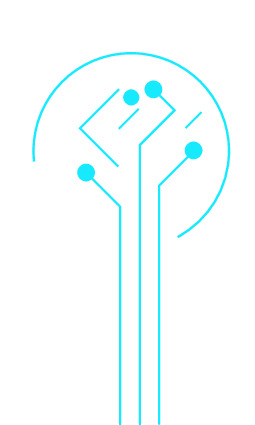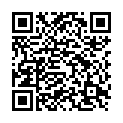|
|
|
| Module code: NE2221.NSE |
|
|
- |
|
5 |
| Semester: 1 or 2 |
| Mandatory course: no |
Language of instruction:
English |
Assessment:
[still undocumented]
|
NE2221.NSE (P213-0211) Neural Engineering, Master, ASPO 01.04.2020
, optional course
NE2221.NSE (P213-0211) Neural Engineering, Master, SO 01.10.2025
, optional course
|
|
The total student study time for this course is 150 hours.
|
Recommended prerequisites (modules):
None.
|
Recommended as prerequisite for:
|
Module coordinator:
Dr. Sebastian Markert |
Lecturer:
Dr. Sebastian Markert
[updated 03.12.2024]
|
Learning outcomes:
The students are able to describe how nervous systems emerged and changed through evolution. They can compare nervous systems of animals, including humans, and discuss different forms of intelligence. They can discuss the roundworm Caenorhabditis elegans as a model for holistic nervous system research. They can define a connectome and discuss the efficacy of connectomics as a means of understanding nervous systems as a whole. They can discuss the possibilities and limits of nervous system simulation. They can describe the state of research on cognition and consciousness. They can discuss hypotheses on consciousness and free will.
[updated 13.10.2025]
|
Module content:
Nervous System Evolution, Simulation, Cognition, Consciousness – the biggest questions explored in the smallest worm
1. Evolution of the nervous system
1.1 How and when nervous systems emerged
1.2 Universal principles of nervous system function
1.3 Protostome versus deuterostome nervous systems
1.4 Human versus non-human intelligence
2. The roundworm model Caenorhabditis elegans
2.1 The biology of the worm
2.2 The nervous system of the worm
2.3 The connectome of the worm
2.4 Why we should study worms
2.5 Why we should not study worms
3. Connectomics
3.1 Why we obtain connectomes
3.2 How we obtain connectomes
3.3 Which connectomes we have obtained
3.4 What we have learned from connectomes
3.5 Why connectomes disappoint
4. Simulation of nervous systems
4.1 The worm that woke up in a robot
4.2 Uploading a mind into a machine
4.3 Artificial neuronal networks
4.4 Large Language Models versus nervous systems
5. Consciousness
5.1 Why consciousness evolved
5.2 The twofold substrate independence of consciousness
5.3 Consciousness is nowhere and everywhere
5.4 Qualia, Emergence, and Free Will
5.5 Where is grandma’s apple pie in the brain?
[updated 13.10.2025]
|
Recommended or required reading:
[still undocumented]
|


